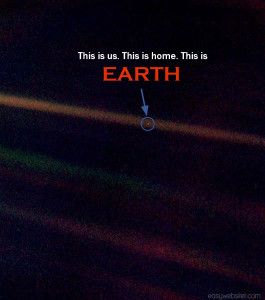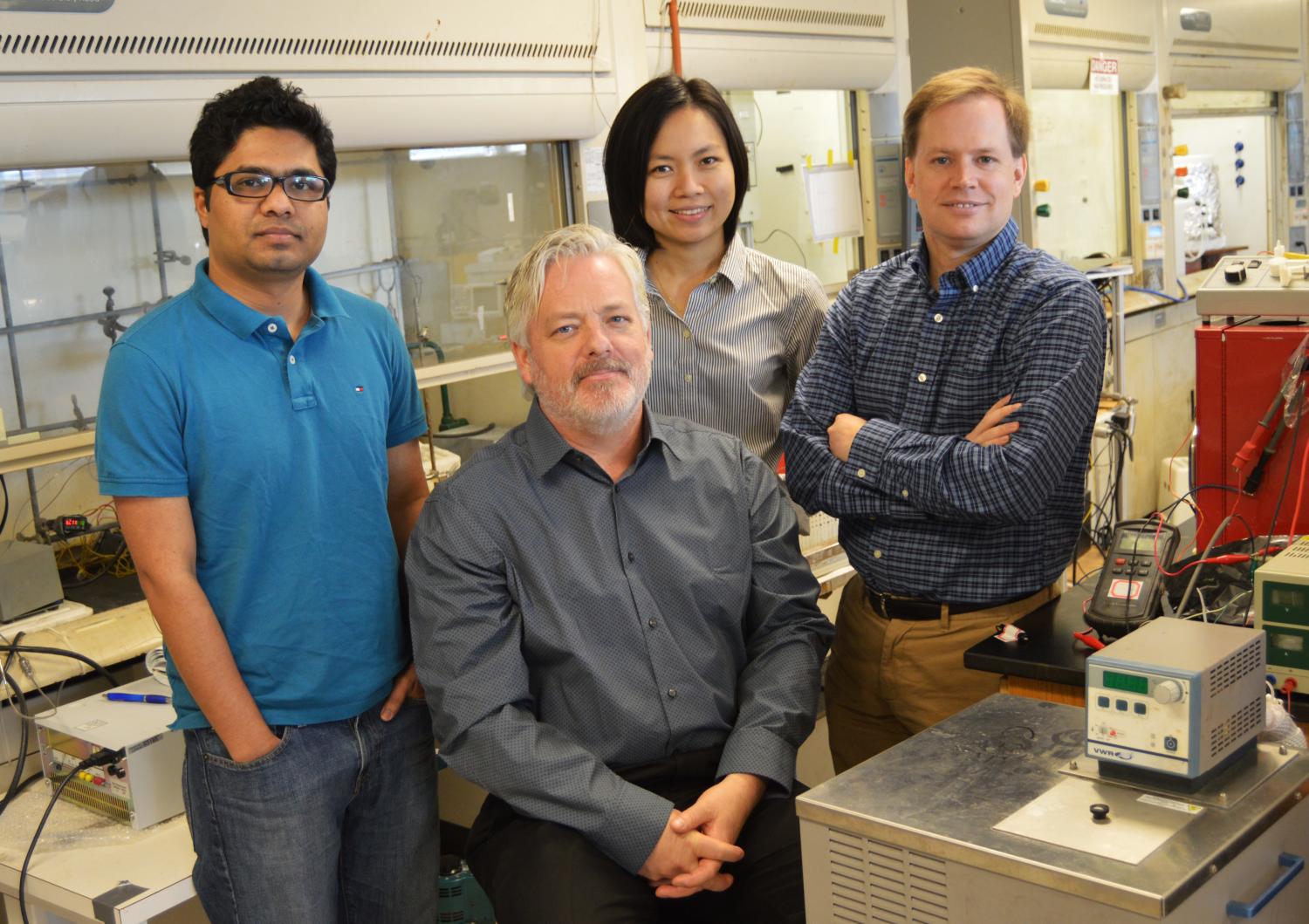Feb 26, 2016
Here’s how we could build a colony on an alien world
Posted by Julius Garcia in categories: alien life, habitats, solar power, space travel, sustainability
If the human race is to survive in the long-run, we will probably have to colonise other planets. Whether we make the Earth uninhabitable ourselves or it simply reaches the natural end of its ability to support life, one day we will have to look for a new home.
Hollywood films such as The Martian and Interstellar give us a glimpse of what may be in store for us. Mars is certainly the most habitable destination in our solar system, but there are thousands of exoplanets orbiting other stars that could be a replacement for our Earth. So what technology will we need to make this possible?
Continue reading “Here’s how we could build a colony on an alien world” »


















